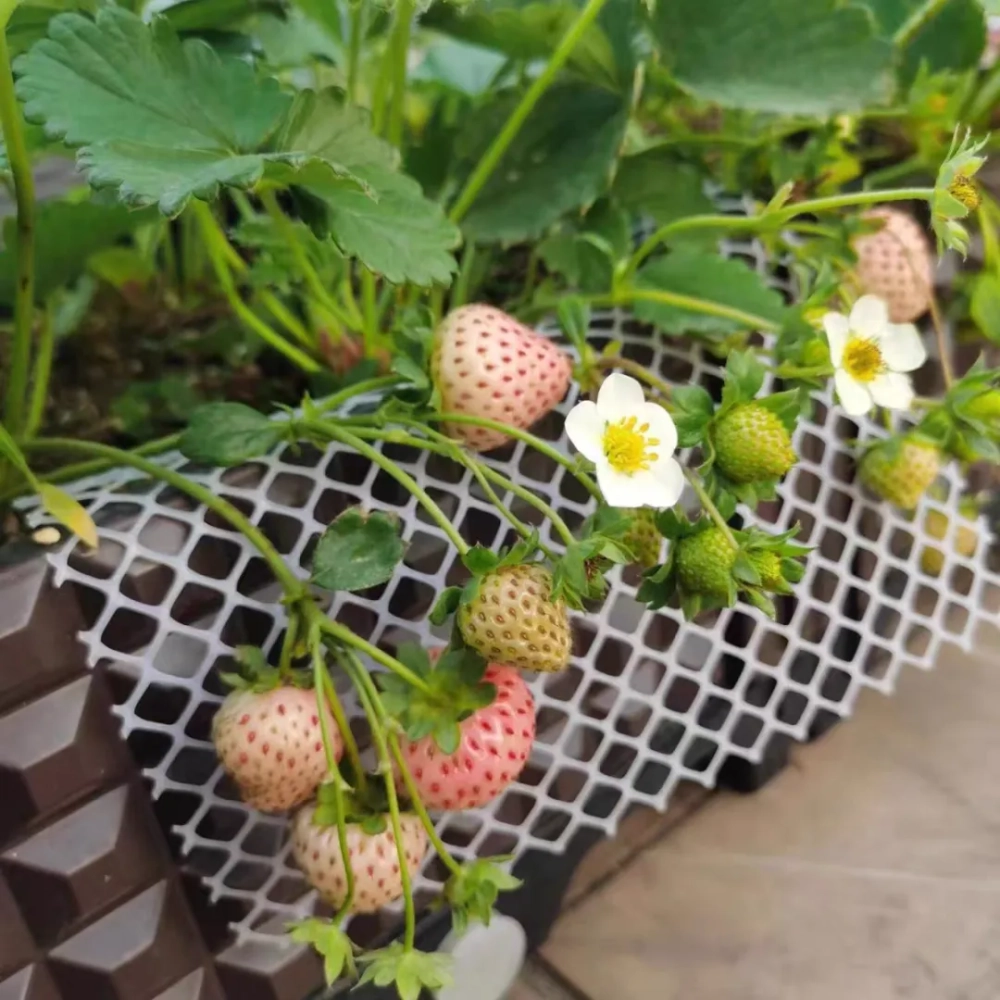When growing strawberries on a balcony, the problem of small fruit size is often the result of multiple factors. Here’s a detailed breakdown:
1. Excessive Nitrogen Fertilizer
Overusing nitrogen fertilizer during the seedling stage can cause excessive growth of stems and leaves, while inhibiting the absorption of potassium, calcium, and other elements. This ultimately makes it difficult for fruits to expand. Solution: Control nitrogen input in the seedling stage to prevent leggy growth.
2. Nutrient Deficiency
During fruit expansion, strawberries have a significantly higher demand for potassium and calcium. A lack of these elements directly hinders fruit development. Solution: Alternate between high-potassium and balanced fertilizers during this stage to ensure adequate nutrition for fruit growth.
3. Improper Fertilization Timing
Applying high-potassium fertilizer too early during the young fruit stage can cause fruit to become stiff and fail to grow normally. Solution: Wait until the fruit starts to turn white (entering the expansion phase) before intensifying water and fertilizer management to meet developmental needs.
4. Premature Fruit Retention
If a strawberry plant has fewer than 6 leaves, its nutrient reserves are limited. Allowing it to flower and fruit at this stage will overconsume nutrients, stunting fruit growth. Solution: Remove early flowers promptly. Retain flowers and fruits only after the plant is robust and has sufficient leaves.
5. Poor Root Maintenance
Low temperatures or compacted soil can reduce root activity and nutrient absorption. Solution: Regularly apply humic acid-based fertilizers to improve soil structure and enhance root vitality.
6. Unsuitable Temperature
Fruit expansion is highly sensitive to temperature. Daytime temperatures above 25°C or nighttime temperatures below 5°C will inhibit fruit growth. Optimal range: 20–25°C during the day and 5–8°C at night. Adjust by relocating the plants on the balcony or using simple temperature-control devices.
7. Insufficient Light
Strawberries require at least 6 hours of direct sunlight daily for proper photosynthesis. Inadequate light leads to leggy leaves that compete with fruits for nutrients, resulting in smaller fruit. Solution: Place plants in the sunniest area of the balcony; use grow lights as needed.
8. Pollination Issues
Balconies are relatively enclosed environments, lacking natural pollinators, which can lead to poor pollination and uneven, undersized fruit. Solutions: Manually pollinate with a soft brush, or place a beehive on the balcony to improve pollination success.
9. Lack of Fruit Thinning
Overloading the plant with too many fruits spreads nutrients too thin, causing 普遍偏小 (universally small size). Solution: Remove diseased, misshapen, and overcrowded fruits promptly to ensure remaining fruits receive adequate nutrients for normal development.
Why do the fruits of strawberries grown on balconies not grow large?

Share with
Tagged in :




Leave a Reply